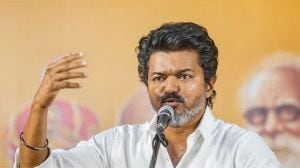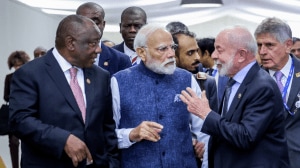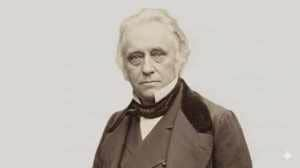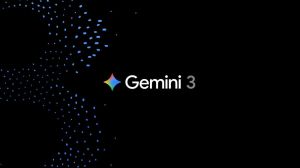And the Kids are All Right
The title of Lisa Cholodenkos wonderful new film,The Kids Are All Right,quotes an ancient youth-culture anthem by the Who: a song released before the parents of many of todays teenagers were born....
The title of Lisa Cholodenkos wonderful new film,The Kids Are All Right,quotes an ancient youth-culture anthem by the Who: a song released before the parents of many of todays teenagers were born. In the context of the movie a comedy of domestic manners and misunderstandings The Kids Are All Right is a statement shadowed by an implicit question: Arent they?
Sure they are. Kids these days spend all their time playing video games or texting and sexting and cyber-bullying instead of reading and going to movies. And when they do go to the movies,its to see the dumb action blockbusters. Instead of going steady,they hook up. What kind of music are they listening to? What kind of jobs are they going to be able to find? Where did we go wrong?
The difficult relations between parents and semi-independent,no-longer-cute-and-precocious offspring have caught the eye of filmmakers lately. The parents in The Kids Are All Right are Nic and Jules,a lesbian couple played by Annette Bening and Julianne Moore. With their Volvo and lovely-but-not-fancy house,Nic and Jules is a picture of middle-class contentment.
Their two kids,Joni,18 and brother,Laser,15,lead complicated lives. Joni,a stellar student and dutiful daughter is put off by the way her best friend,Sasha,sexualizes everything and is also attracted to Jai,a cute,nerdy buddy. Laser,under the sway of an obnoxious and anti-social friend named Clay,seems to be tumbling into the male identity crisis.
Her brothers desire to know where he came from and perhaps also to find some connection with an adult male leads Joni to contact the anonymous sperm donor who is at least technically their father,played by Mark Ruffalo.
The Kids Are All Right is,to a large extent,about the unstable,comical and sometimes appalling parental triangle that emerges among the three adults. Teenagers who see this movie may wonder why Mom and Dad (or Dad and Dad,or Mom and Mom,or just Mom or just Dad) are crying at the end,when Joni,as we always knew she would,steps out of the nest and into her own story.
Many more children will already have asked themselves the same question about Toy Story 3 and Up. In Up,the handkerchief moment came as the long,loving marriage of Carl and Ellie Fredricksen was chronicled in a montage that located the films emotional heart in the boyhood. In Toy Story 3 the equivalent moment comes when Andys mother looks around his empty room and wonders where the time went.
The film Cyrus Draws has an oedipal triangle involving Cyrus; his single mother,Molly and her new boyfriend,John. But the resolution is sweet and affirmative: Cyrus grows up and moves on,helped by the older man.
The family has been the subject of culture-war skirmishing for a long time. There has always been lots of sex in movies and lots of traditionalism as well.
But reality finds interesting reflections on screen,where even simple stories can be full of ambiguity. Take the Twilight series. Here,Bella Swans parents are conventionally divorced,loving,lonely people who mostly hover around the margins of her life.
The alternative to this fractured family is not so much the vampire Edward Cullen as membership in one of two non-nuclear groups: the undead Cullen clan,and Jacobs werewolf tribe. Both of these networks offer a way of life that seems emotionally richer if also more dangerous than small-town existence. Bella is different, and the great paradox of American life is that everyone else believes they are too. Their parents will not stop worrying. But there are movies that offer us a measure of comfort. Like Nic and Jules and Andys Cyruss moms,we try our best and mess things up anyway. And the kids are all right. They cant help it.








- 01
- 02
- 03
- 04
- 05























